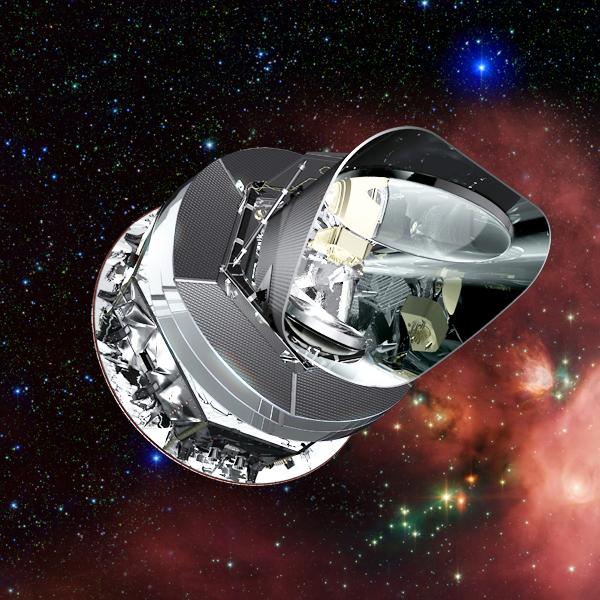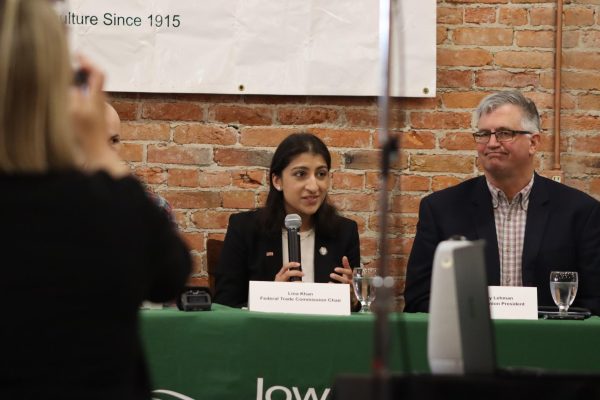Alloy developed at Ames Laboratory helps astrophysicists conduct research

This is an artist’s concept of the Planck spacecraft. Planck will be launched with the Herschel spacecraft. The two missions will separate shortly after launch and operate independently from each other.
April 2, 2013
The world has a better view of what the universe looks like from images and data gathered by the Planck satellite, but it wouldn’t have had that closer look without a rare earth metal alloy made by U.S. Department of Energy’s Ames Laboratory.
“[Ames Lab] made the alloy used to make the cryocooler components for the cooling system of the [Planck satellite],” said Trevor Riedemann, Ames Lab assistant scientist. The alloy is a combination of lanthanum, nickel and tin. Cryocoolers are used to cool objects to very low temperatures — much lower than the average refrigerator.
Ames Lab worked on the Planck satellite project in collaboration with Aerojet, an aerospace and defense company
“We alloyed the material for them and prepared it so they could then make a powder of it to load into their [cryocooler],” Riedemann said. “They use powder because it has a high surface area.”
The Planck satellite was launched in 2009 and utilized a number of data-gathering instruments, with the data being released this year for astrophysicists to analyze.
Riedemann said much of the data was gathered via sensors made from silicon-based materials. These instruments measure the intensity of low-level radiation signals in outer space, such as microwaves.
When microwaves hit the sensors, Riedemann said they excite the electrons and allow the electrons to jump across an energy range in solids where no electron states can exist, called the band gap energy zone.
“Lots of electrons jumping — high signal,” Riedemann said. “No electrons jumping — no signal.”
After a period of prolonged use, the sensors begin to warm up.
As the sensors heats up, Riedemann said the thermal energy is enough to allow electrons to jump the energy gap, which makes the satellite’s low level signal “really noisy.”
“In other words, you can’t read the microwaves,” Riedemann said.
The cryocooler cools the sensors, which reduces the thermal noise and enables satellite sensors to once again read the low-level radiation signals.
Riedemann said cryocoolers perform a function similar to a refrigerator compressor. The compressor pulls in gas, then releases it in a process that transfers thermal energy called entropy, which cools the satellite’s systems.
But a physical compressor won’t function as well as a cryocooler on space satellites because it vibrates.
Riedemann said the vibrations create additional noise that reduce the satellite’s overall data-gathering performance.
The cryocooler removes this issue, but in order to function, it needs the lanthanum-nickel-tin alloy made only at Ames Lab.
According to Lee Anne Willson, professor in physics and astronomy, studying microwaves helps astrophysicists with research and development of models for understanding the early universe, such as the Big Bang Theory.
“The idea is when you look at models for the early universe, different models produce different patterns,” Willson said.
Willson said the Planck satellite’s data and images helps astrophysicists in understanding the distribution and size of the universe, which ultimately tells us how old the universe is.
Ames Lab made a small piece in a big puzzle for a satellite that successfully launched into outer space and sent back high resolution images and data, which gives us a more detailed look at the universe.
“We’re glad that our materials could advance research in another area,” Riedemann said.
















